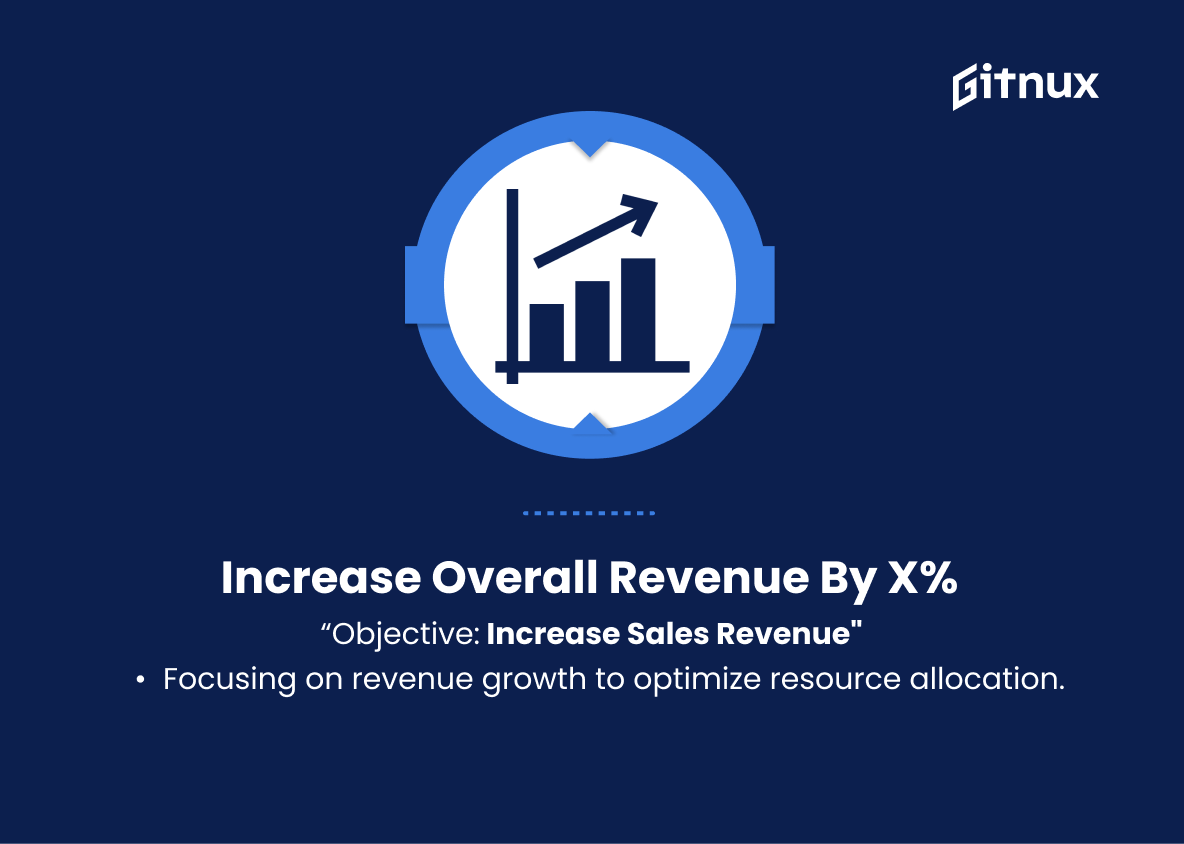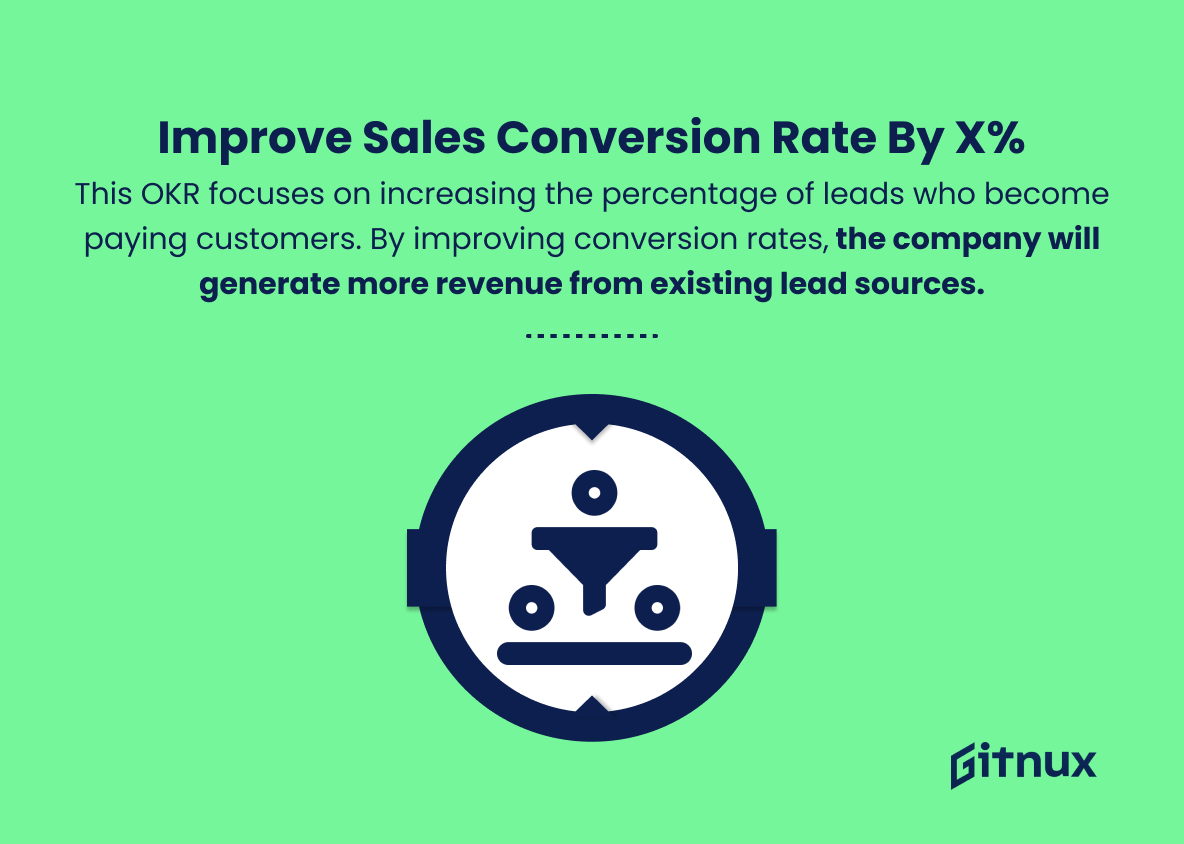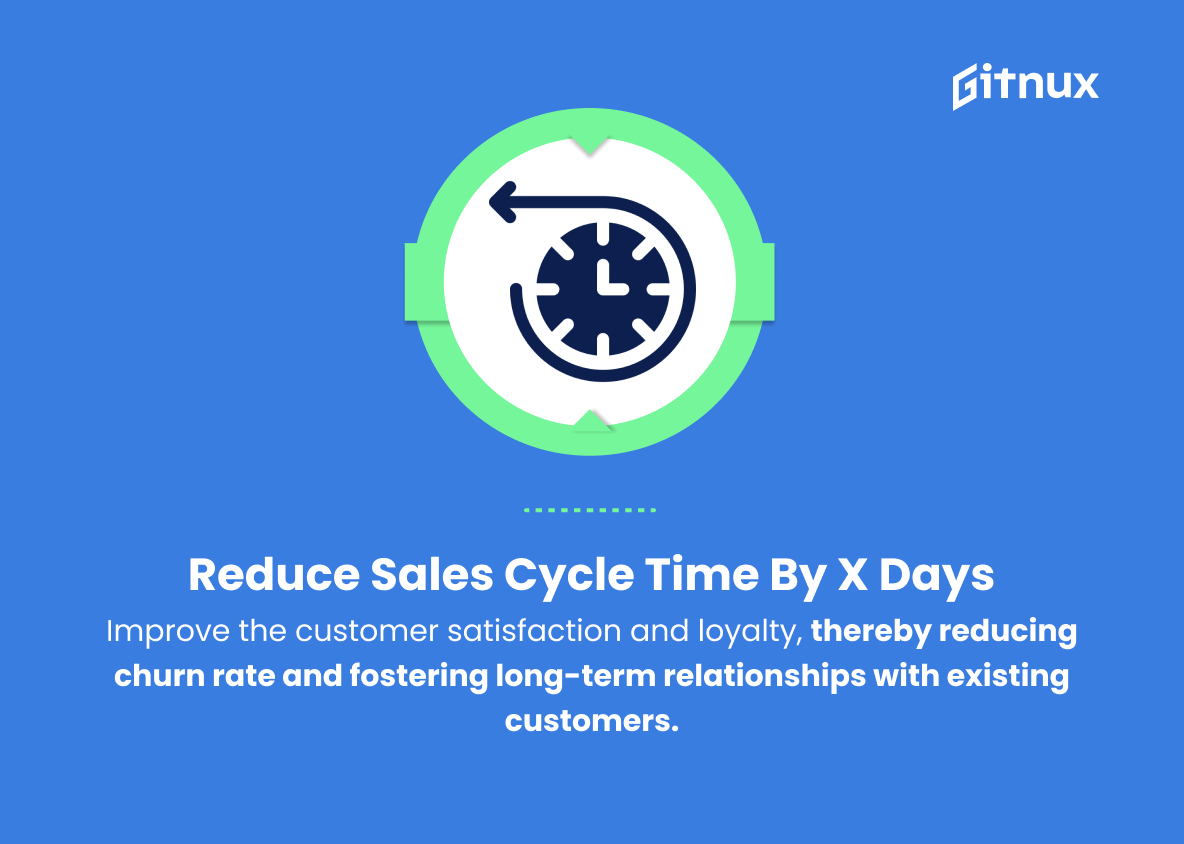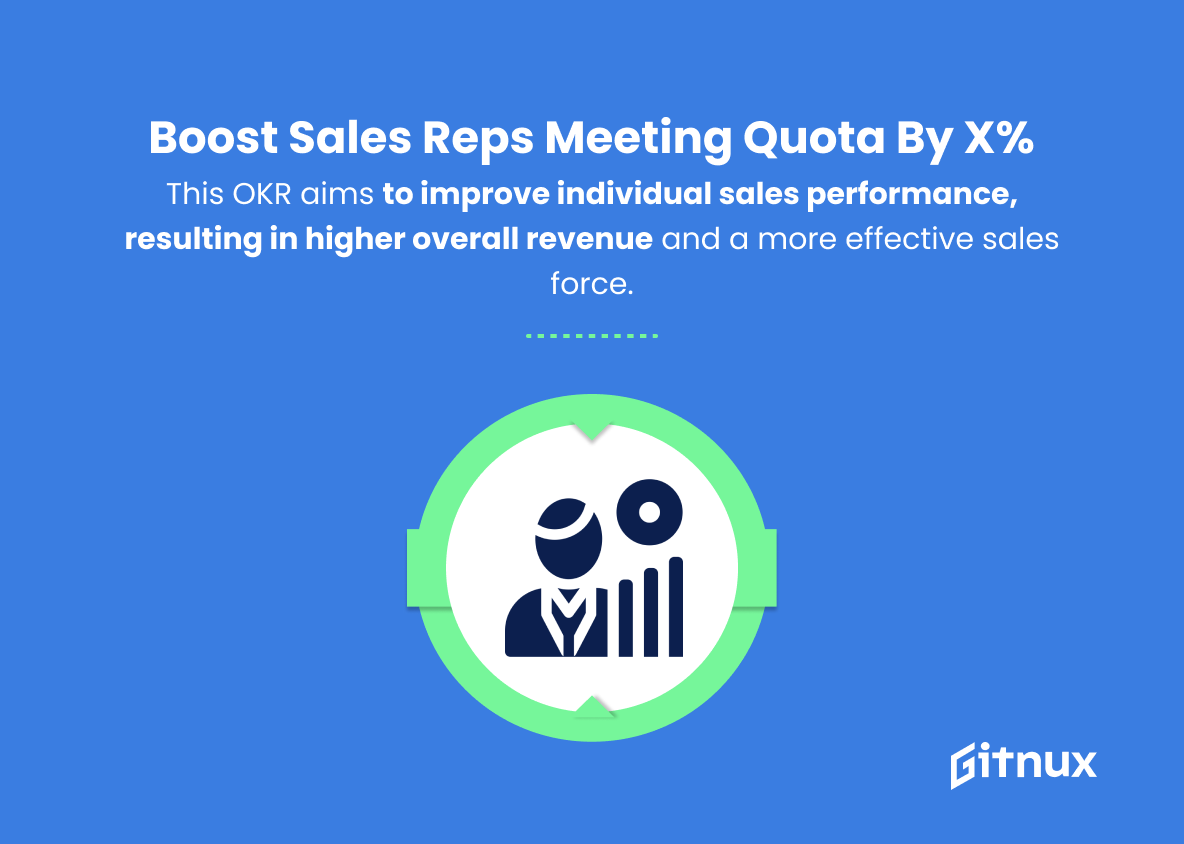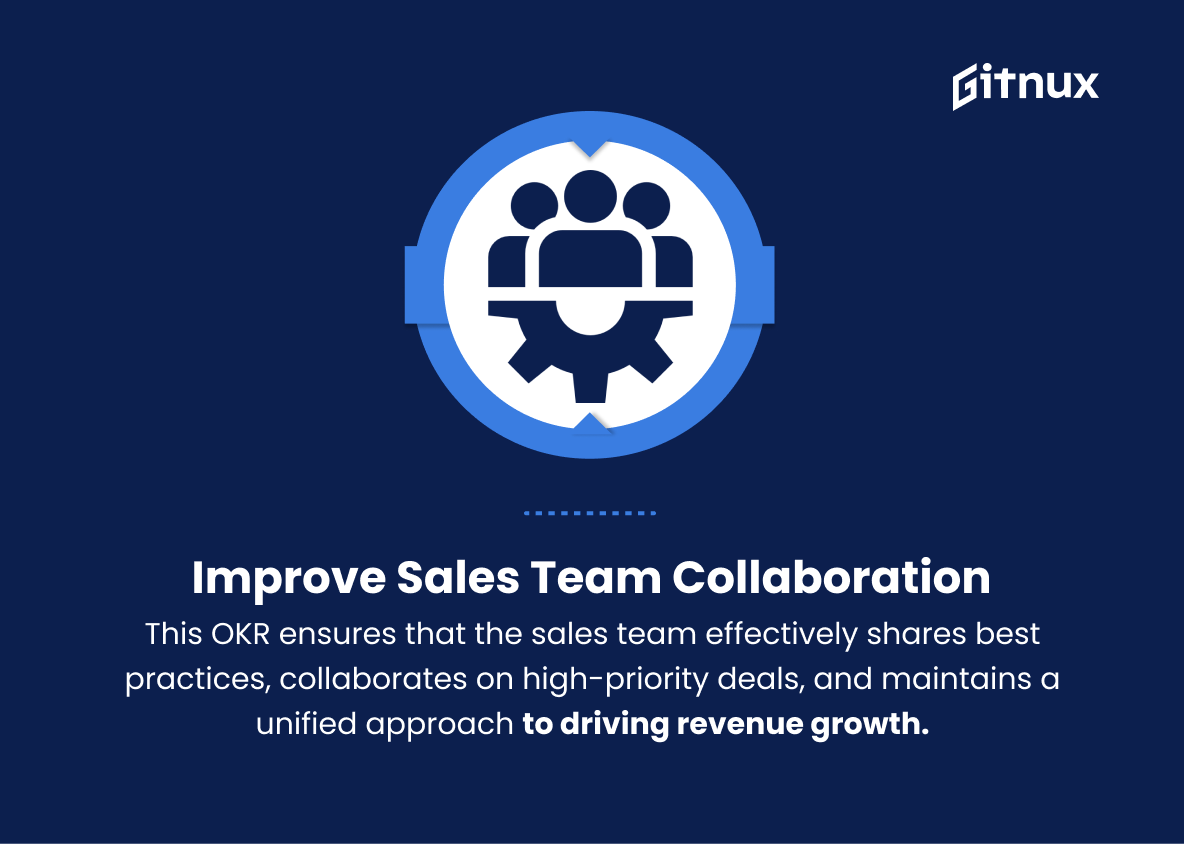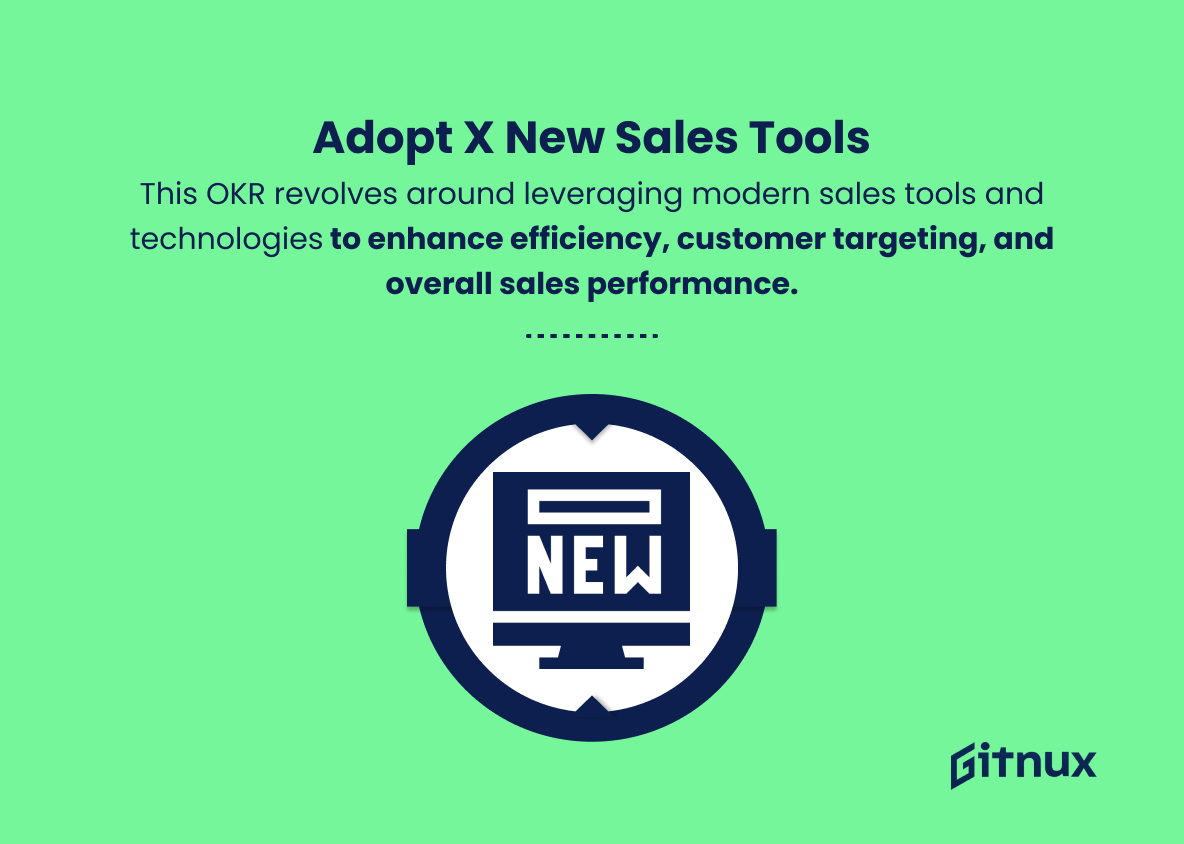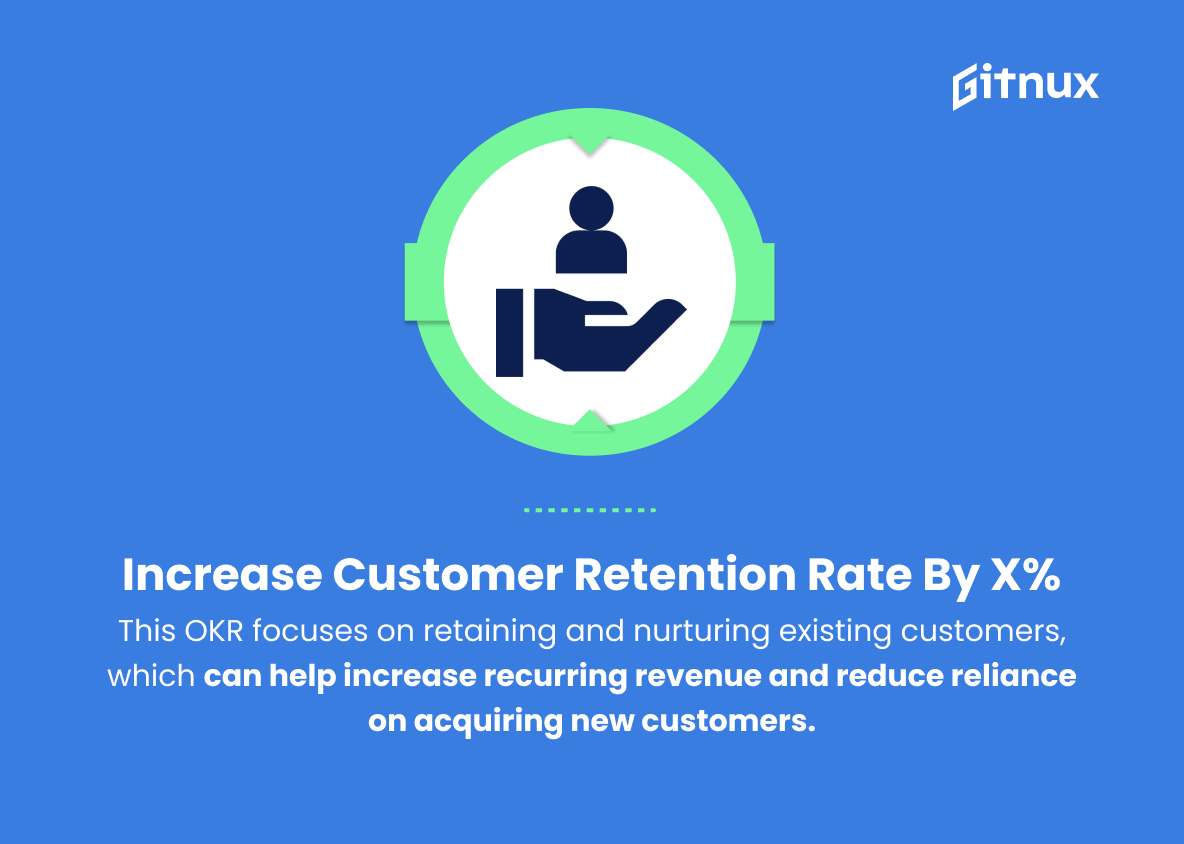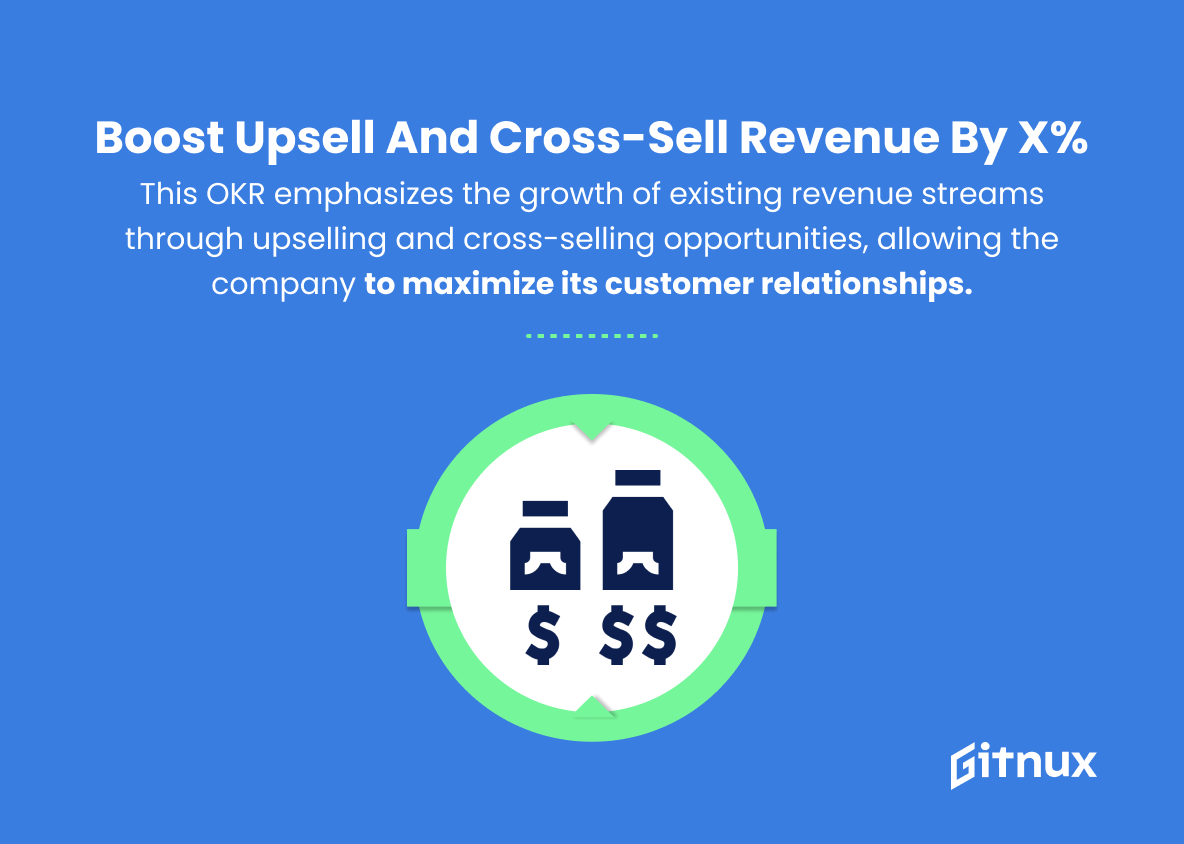In today’s highly competitive business landscape, organizations are continuously challenged to optimize their sales processes, enhance performance, and ultimately, drive revenue growth. One proven methodology for achieving these goals is through Sales Enablement – a strategic approach that equips sales teams with the tools, resources, and support they need to excel at their jobs.
In this blog post, we will delve deep into the concept of Sales Enablement Objectives and Key Results (OKRs) – a powerful framework for aligning your organization’s sales objectives with actionable, quantifiable metrics to improve overall effectiveness and efficiency. We will discuss the importance and benefits of implementing OKRs in your sales enablement strategies, along with best practices and examples to help you get started on the path to sales success.
Sales Enablement OKRs You Should Know
1. Increase overall revenue by X%
This OKR aims to grow the company’s sales revenue within a specified time frame. By focusing on revenue growth, sales teams can prioritize actions and resources to yield the best return on investment.
2. Improve sales conversion rate by X%
This OKR focuses on increasing the percentage of leads who become paying customers. By improving conversion rates, the company will generate more revenue from existing lead sources.
3. Reduce sales cycle time by X days
This OKR seeks to shorten the time it takes from identifying a prospect to closing a sale. A shorter sales cycle generally results in increased revenue and more efficient use of resources.
In today’s highly competitive business landscape, organizations are continuously challenged to optimize their sales processes, enhance performance, and ultimately, drive revenue growth.4. Increase average deal size by X%
This OKR aims to increase the value of each closed sale, helping the company maximize its sales efforts and increasing overall revenue.
5. Improve lead-to-opportunity ratio by X%
This OKR focuses on optimizing the process of qualifying leads, ensuring that sales teams spend their time on high-potential prospects and are better equipped to close deals.
6. Increase the percentage of sales representatives achieving quota by X%
This OKR aims to improve individual sales performance, resulting in higher overall revenue and a more effective sales force.
One proven methodology for achieving these goals is through Sales Enablement – a strategic approach that equips sales teams with the tools, resources, and support they need to excel at their jobs.7. Enhance sales team collaboration and communication
This OKR ensures that the sales team effectively shares best practices, collaborates on high-priority deals, and maintains a unified approach to driving revenue growth.
8. Implement X new sales tools or technologies
This OKR revolves around leveraging modern sales tools and technologies to enhance efficiency, customer targeting, and overall sales performance.
9. Increase customer retention rate by X%
This OKR focuses on retaining and nurturing existing customers, which can help increase recurring revenue and reduce reliance on acquiring new customers.
10. Strengthen sales onboarding process and reduce ramp-up time by X%
This OKR aims to optimize the onboarding process for incoming sales representatives, ensuring they can contribute to the team’s revenue goals more quickly.
11. Improve sales forecasting accuracy by X%
This OKR encourages the sales team to refine their forecasting abilities, benefiting the entire organization by providing more accurate and reliable revenue projections.
12. Increase upsell and cross-sell revenue by X%
This OKR emphasizes the growth of existing revenue streams through upselling and cross-selling opportunities, allowing the company to maximize its customer relationships.
Sales Enablement OKRs Explained
Sales Enablement OKRs are essential for driving revenue growth, increasing efficiency, and fostering a high-performing sales team. By focusing on objectives like increasing overall revenue, improving conversion rates, reducing sales cycle time, and expanding average deal size, companies can better optimize their sales processes and maximize their return on investment. Fostering collaboration, implementing new technologies, and targeting existing customer relationships through retention rates, upselling, and cross-selling are all critical elements to building a comprehensive and successful sales strategy.
Moreover, optimizing the onboarding process and empowering individual sales representatives to achieve quotas further strengthens the sales team’s effectiveness. Lastly, refining sales forecasting accuracy helps provide valuable insights for strategic planning across the entire organization. By implementing these diverse yet interconnected Sales Enablement OKRs, companies can create a cohesive and powerful approach to achieving sustainable revenue growth.
Conclusion
In conclusion, Sales Enablement OKRs are crucial for any organization looking to improve their sales processes and empower their team to achieve success. By establishing clear objectives and key results, organizations can effectively align their team members, track progress, and make data-driven decisions to optimize their sales enablement strategies.
Ultimately, implementing well-defined OKRs will lead to increased efficiency, improved sales performance, and stronger business growth. So, take the necessary steps to embrace Sales Enablement OKRs and propel your organization towards unprecedented sales success.
